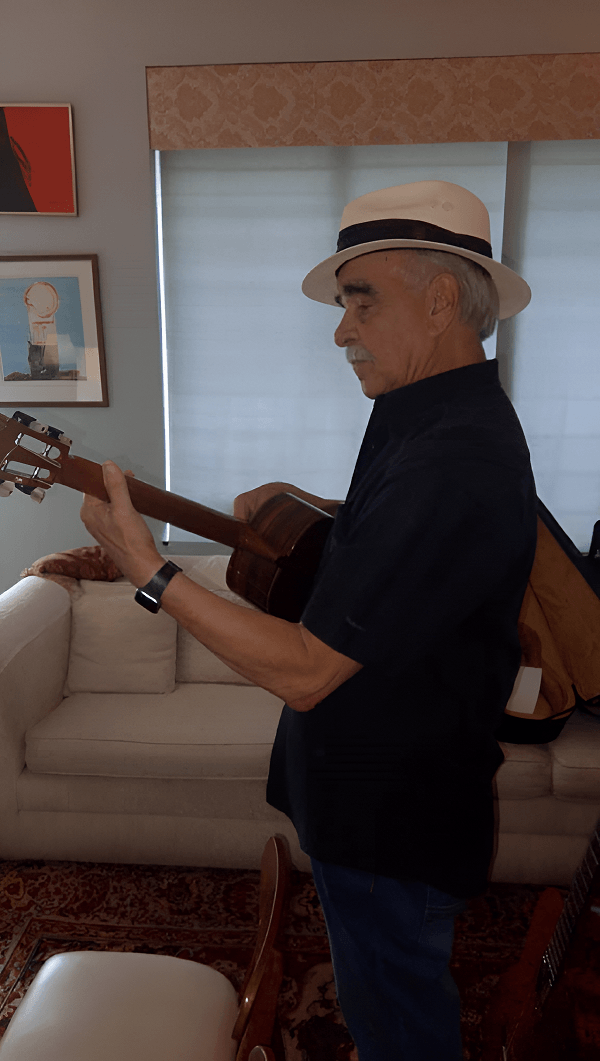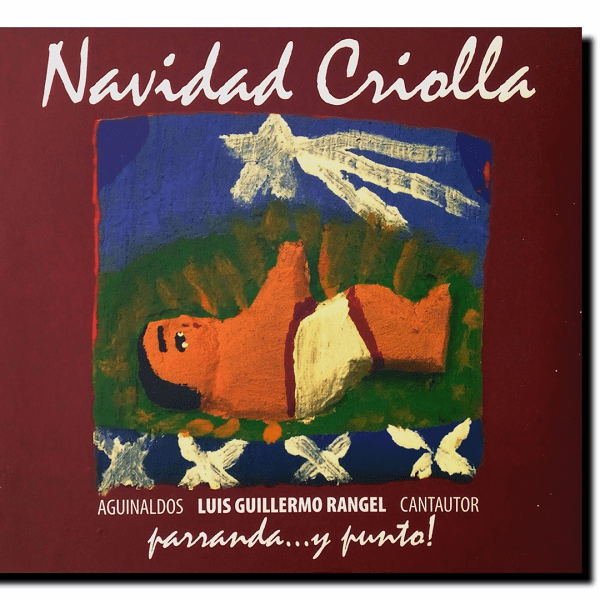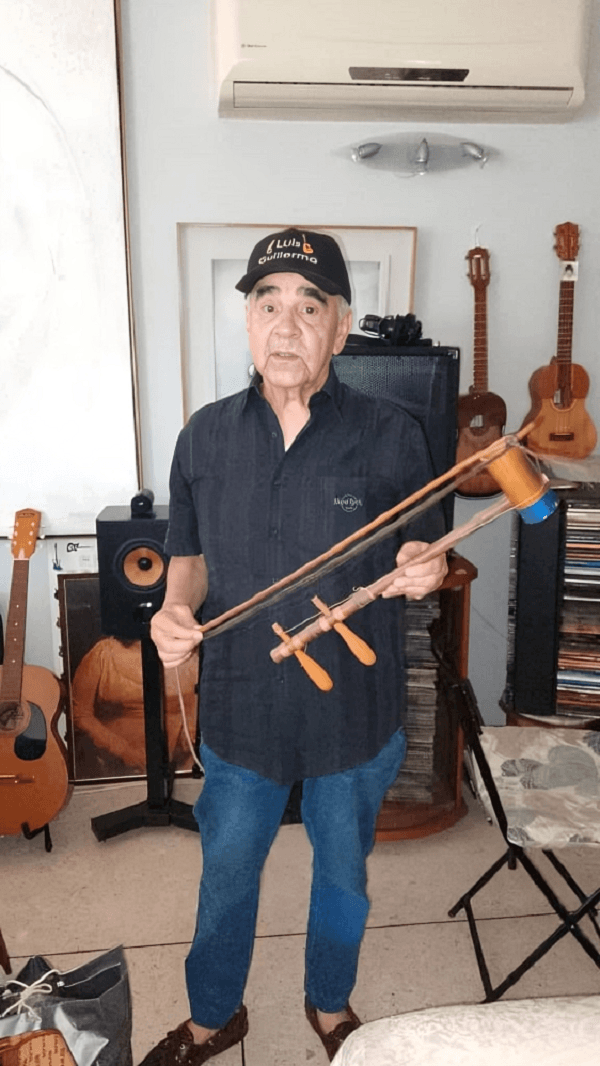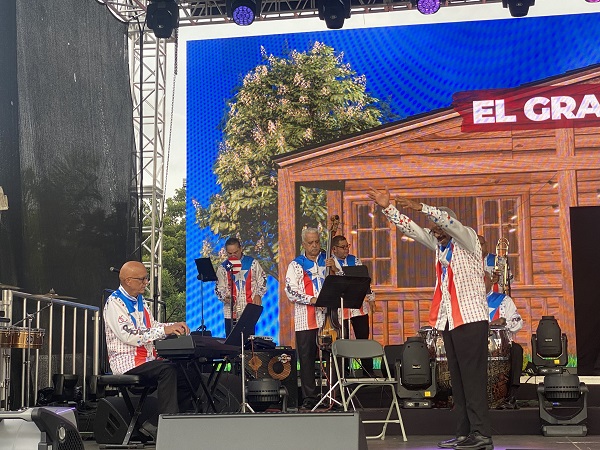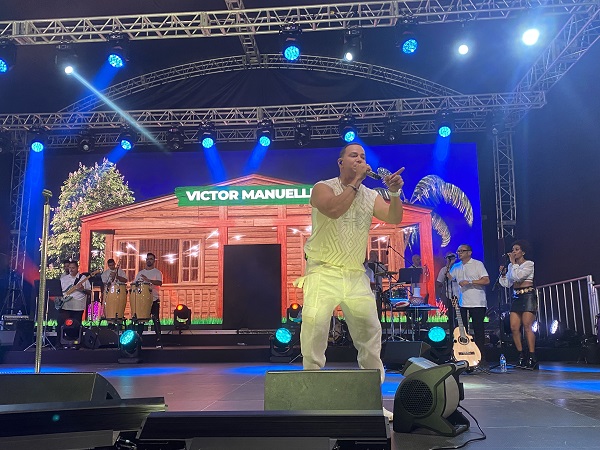North America / USA / Massachusetts
The sensation of Kizomba music of all time, Victor Vincent Rivera, better known as Vinny Rivera, releases to the musical scene his new Kizomba single “Compatible” off the upcoming album “La Cosecha”. An album that will be centered in big melodies, the explosion of rhythms and the Tropical sound characteristic of Kizomba music and whose genre we have become accustomed to hear in his sweet and melodious voice.

The #1 Latin Kizomba Artist in the World who was born in Boston, Massachusetts, during his total successful European Tour where performed songs coming off of his album “La Torre”, Vinny achieved to conquer audiences of all ages, cultures and languages, falling in love to the international public.
Vinny has arrived this year with this new video of his most recently hit “Compatible” taking beautiful footage the Nederlands and starring with the international model Lillyann heaven, scenes in marvelous landscapes with a romantic history based on Rivera seducing a beautiful lady to establish a loving relationship with her. COMPATIBLE is destined to establish itself among the best song in the billboards of popularity in the world because it mixture sensuality with a cadence that invite you to dance softly with your dance partner to the rhythm of the Kizomba so popular in festivals and special events currently.
Vinny Rivera continues to shine in the music entertainment scene in America and the rest of the world increasing his fans between knower and professional dancers of this Latin Kizomba music, and if the LA COSECHA album will be so excellent like COMPATIBLE song, no doubt, he will be one of the artists with fruitful career and major projection nowadays…






